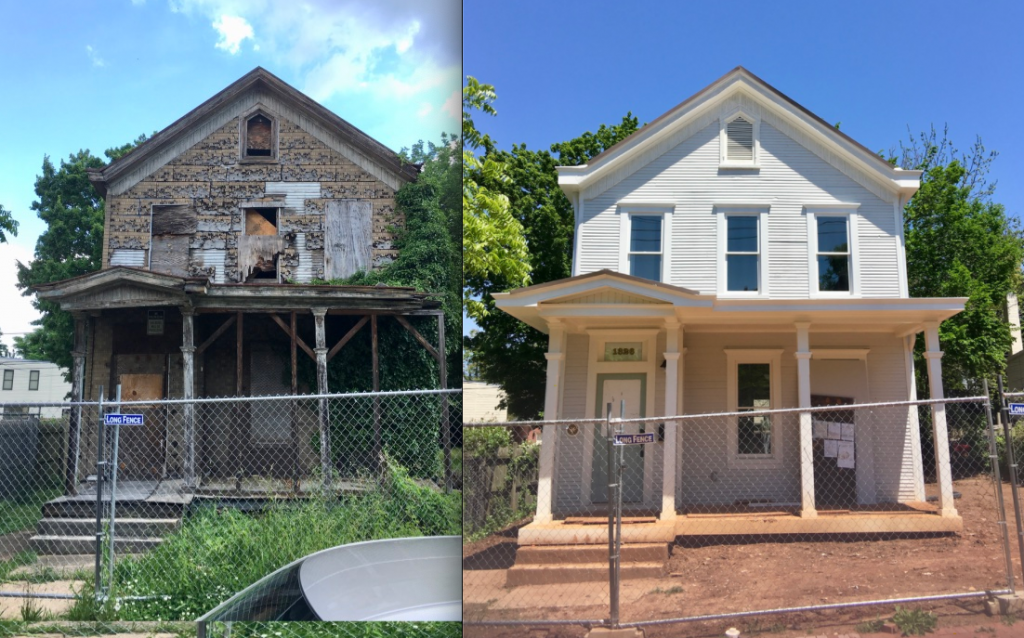Key Factors to Consider Before Renovating a Historic Property

Renovating a historic property is a unique and rewarding experience, but it comes with its challenges. This guide explores key factors to keep in mind, such as understanding regulations, choosing between preservation and restoration, planning your budget, and addressing modern needs. Whether you’re restoring historical homes or tackling old buildings for renovation, careful planning ensures your efforts honor the property’s past while meeting today’s requirements.
Research and Documentation
Every historic property has a story to tell. Before home renovations begin, embark on a research journey to uncover your home’s past. Local historical societies, archives, and libraries can be treasure troves of information. Look for building permits, blueprints, and old photographs. This research will not only guide your restoration efforts but also help you determine the property’s architectural style and any significant historical features that should be preserved.
Understanding the Rules: Regulatory Requirements
Many historic districts and municipalities have guidelines or regulations in place to protect the architectural integrity of older neighborhoods. These regulations may dictate permissible alterations, materials, and even paint colors. Connecting with your local historic preservation office is crucial. They can advise you on the permitting process and ensure your renovation plans adhere to local ordinances.
Preservation vs. Restoration
There’s a difference between preserving a historic property and restoring it. Preservation focuses on maintaining the existing condition of the property, while restoration aims to return it to a specific period in its history. When deciding on your approach, consider the property’s current condition, your budget, and your vision. Always prioritize preserving the home’s architectural integrity and historically significant features.
Budgeting for the Past and the Future
Restoring historical homes often presents unforeseen challenges. Budget realistically, factoring in potential repairs for hidden structural issues, lead abatement, or updating outdated electrical wiring. Seek out specialists who have experience with historic renovations. While they may have higher upfront costs, their expertise can save you money in the long run by avoiding costly mistakes.
Choosing the Right Materials: Balancing Old and New
Selecting the right materials is paramount for a successful restoration project. Whenever possible, prioritize using materials that match the property’s original construction. For instance, opt for wood windows over vinyl replacements in a Victorian home. However, some modern materials can offer superior performance while mimicking the look of historic materials. Consult with your architect or contractor to find the perfect blend of old-world charm and modern functionality.
Finding the Right Crew: Hiring Qualified Professionals
Restoring a historic property is no small feat. Hiring qualified professionals with experience in historical renovations is key. Look for contractors and architects who understand the unique challenges of working with older buildings. Seek references and check their portfolios to ensure their expertise aligns with your project’s needs.
Addressing Modern Needs
While preserving the historic character is important, you also want your home to be functional and comfortable for modern living. Consider creative solutions to incorporate modern amenities like energy-efficient appliances or updated plumbing systems. Hidden upgrades, like insulating walls from within or installing radiant floor heating, can significantly improve comfort without sacrificing historical aesthetics.
Building Bridges with the Community
Restoring a historic property isn’t just about your home; it’s about contributing to the fabric of your community. Reach out to your neighbors and local historical societies. Share your renovation plans and be open to feedback. Their insights can be invaluable, and their support can foster a sense of community pride in your project.
Conclusion
Renovating a historic property is a labor of love that requires careful planning, research, and attention to detail. By honoring the past while accommodating modern needs, you can breathe new life into an old treasure. Ready to start your journey? Trust American Remodeling Experts to guide you through every step of the process. Visit https://www.areseattle.com/ to learn more and bring your vision to life.